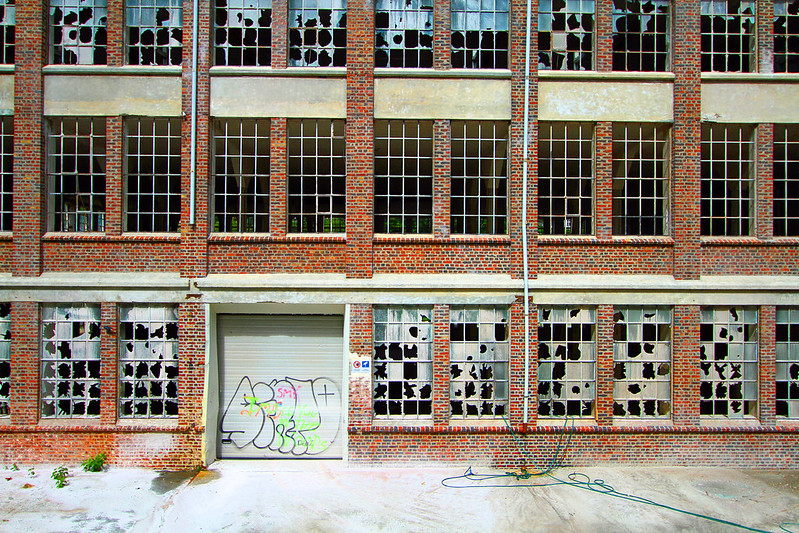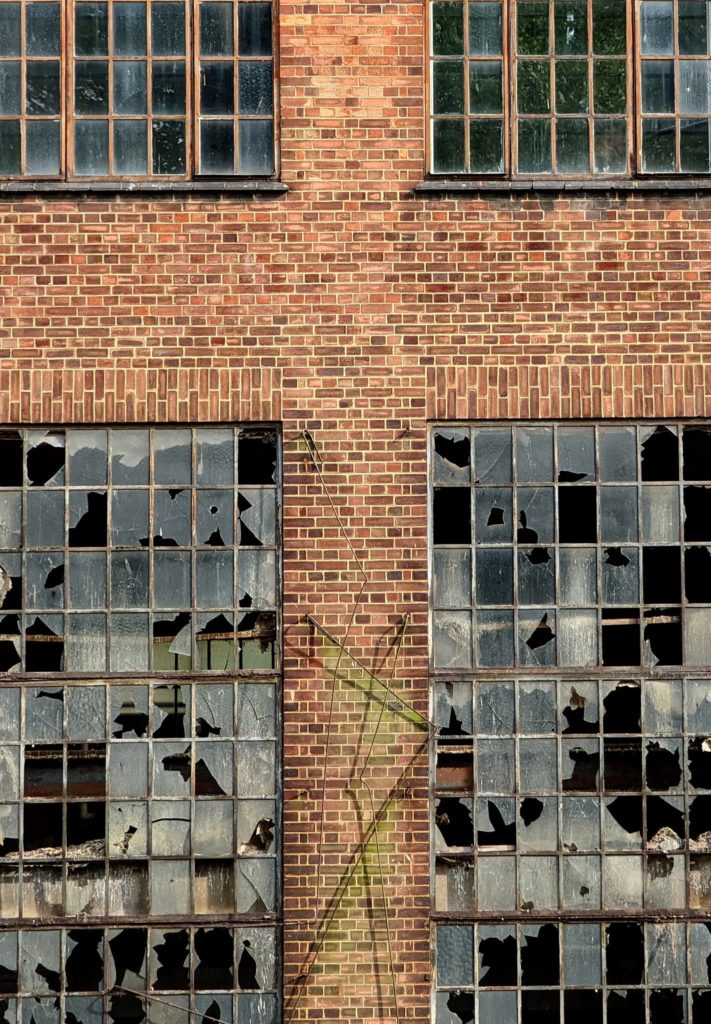In this, series we’ve looked at what being antifragile means and whether or not 3D printing can make a business antifragile. However, can 3D printing be antifragile as a good or an industry?
Antifragility is a concept suggests that a system can through a crisis or chaos and become stronger at the end of it. What doesn’t kill you makes you stronger, in short.
Many industries are seen as cyclical, with their performance dependent on where we are in the business cycle. The classic example of this is the airline business, in which a lot of customers will delay long flights and vacations when the economy is perceived to be “bad.” That in turn leads airline stock performance and the total number of flights to be correlated with sentiment about the economy and the economy itself.
Meanwhile, other stocks and businesses, such as debt collection, may actually do better in a downturn. On the level of goods and consumer choices, industries and goods are categorized as elastic and inelastic. Elastic products show radical shifts in demand when factors such as price change. Demand for inelastic goods is (partially) resistant to changes in prices and other factors.
Classic examples of inelastic goods are utilities or items like salt. The paragon example of elastic goods are luxury items, like handbags, in which purchases can easily be delayed or money can easily be diverted to other more necessary purchases.
Now, we’re living in strange times where a class of people are essentially diversified enough that their spending remains insulated from the roller coaster ride that is the business cycle. However, generally, we can say that there are cyclical stocks and industries and inelastic and elastic goods.
Fickle Consumers, Fashion Risk and Substitutes
At the same time, we can also see that business performance generally has higher ups and downs than in the past. The world is more competitive. Trends spread faster and consumers are more fickle. So ,we can see that there is a lot of fashion risk, in which companies are either much more popular than anticipated and are unable to cater to demand or they are left with significant unsold inventory.
A pound of beef now competes with a pound of tofu and an ounce of imitation beef, as well as with a burger delivered to your door, a high-end burger bar around the corner, and your Netflix subscription. There are many more substitutes and activities to which to divert our attention and spending. We can be immediately satiated in so many ways. Impulsively, in the next five minutes, I can buy a pizza, travel insurance, an umbrella, a $400-pair of Hogan trainers, a $0.20 rubber duck, art, or a $23,000 compact portable bike by Hermes.

Asset Heavy or Guerrilla Commerce
Spending options are confusingly unlimited and goods and activities are set to satiate us evermore briefly. Inditex can design a new item and get it into one of its 2,000 Zara stores in less than 10 days. That company tracks demand closely and relies on that information and short supply lines to deliver new variants or resupply to popular products quickly. The company designs everything itself, performs much of its own logistics and logistics software, and reduces fashion risk by being timely and on trend. Meanwhile $10-billion retailer Shein has no stores. The company designs nothing and simply buys wholesale.
Essentially, each of these firms has circumvented fashion risk. Inditex has done this in an “asset-heavy” manner, developing technology and practices to match demand and output, while creating better SKUs that meet consumer needs. Shein, on the other hand, brings in millions of eyeballs to view pictures, then buys the items once the consumer buys them. You could never build what Inditex is, but you could be the next Shein, or maybe just the Shein of lawn chairs, should you wish.
Port strikes in one area of the world, such as Long Beach or Guangzhou, can throw a monkey wrench in the works of global commerce, while one ship stuck in a canal disrupts everything altogether. Currently, air travel in the U.K. is a mess because they were unable to anticipate air travel recovering so quickly. Global shipping has been stretched and seen huge price increases, as numerous goods were not ordered. Then, many more consumer electronics were ordered and later spending shifted to other industries, resulting in fewer goods being sold.
Shocks seem to be more common and are also spreading more quickly and widely through a fragile interconnected world. We are more interdependent but also more divided than ever. Is there anything else going on?
Well, perhaps we’re entering a phase of irreversible ecological collapse and resource scarcity that will bring starvation and wars to the poorest parts of the world. And one more thing: the Pax Americana that has been the world order since the Second World War is being challenged by China. This will result in supply chain disruptions, as both nations will want to become more independent, especially in high-tech war fighting. Financial assets will also be interfered with more and more via nationalist meddling, politics, embargoes and more, resulting in evermore volatility—especially in stocks, but also in storage and transport.

Shocks and Demand
So. we have companies that build unassailable fortresses and others that are engaging in guerrilla capitalism and attention arbitrage. We have numerous products and services screaming for an increasingly fickle audience that has many more substitute goods and immediate access to many more options. Some things are elastic, some inelastic, while, in some areas, demand follows the business cycle and some things do well when business is bad. Shocks are reverberating across the globe as well. What to make of such a world?
One trend that is very obvious is that there will be more and more dramatic mismatches between supply and demand. At a macro level—but also in the number of green sweaters meant to be sold in Denmark in June—we will see more disruption and bigger failed bets on everything ranging from commodities to high-end finished goods. Your retailer, your distributor, your shop, your website will all find it harder to match price, quantity, and product with the fast-changing pace of demand. Generally, there are two potentially successful solutions: to be the asset-heavy king of vertical integration that insulates itself from demand shocks through intelligence and structure or to simply not have any stock and focus on farming eyeballs instead.
And what is the best recipe that people have come up with? Resilience. Yes, the next container delay, currency devaluation, or new trend may kill you. Hold fast. You could be more resilient against more shocks. This is a bit nihilistic, for me. Sure seatbelts are a good idea, but if we know that every car journey will have a near-crash, we should come up with something better. A fire extinguisher is a good idea, but it is a bit of a goal-tending solution. If it fails once, you may no longer be there to tell the tale. How best to respond to this increasingly combustible world filled with supply and demand interruptions and mismatch? Stay tuned.
